Landscaping the engagement of cancer organisations in HPV vaccination
UICC analysed the role of civil society organisation (CSOs) in promoting HPV vaccination for cervical cancer elimination, identified barriers, and launched the summary on the Global Strategy's third anniversary.

As part of its focus on women’s cancers, specifically in supporting the implementation of the WHO Global Strategy for the elimination of cervical cancer, UICC engaged in a situational analysis of civil society organisations’ (CSOs) role in increasing access to, and uptake of HPV vaccination in low- and middle countries. The objective was to build on existing momentum to accelerate access and coverage of the vaccine, through a better understanding of the role played by local CSOs in ensuring that the vaccine reaches all populations, as well as how to encourage CSOs in advocating, raising awareness and mobilising communities to address main barriers such as mis- and disinformation about the vaccine.
The landscaping, based on a mixed methods approach – including a literature review, a survey as well as 50 key informant interviews - generated knowledge about current and potential engagement, including barriers and facilitators, for CSOs to act towards access to HPV vaccination. It also identified key needs for support to inform a future portfolio of learning and development opportunities dedicated to address these needs. Preliminary findings were presented to CSOs’ representatives during two Virtual Dialogues (one in English, one in French) for a feedback loop. Nine case studies were co-authored with CSOs’ representatives from all regions.
On the occasion of the third anniversary of the Global Strategy, on 17 November 2023, the Summary was launched in three languages (English, French, Spanish) along with the nine case studies. UICC is also working with its members and partners to explore future activities to respond to needs identified by CSOs in this landscaping.
Read the summary of findings :

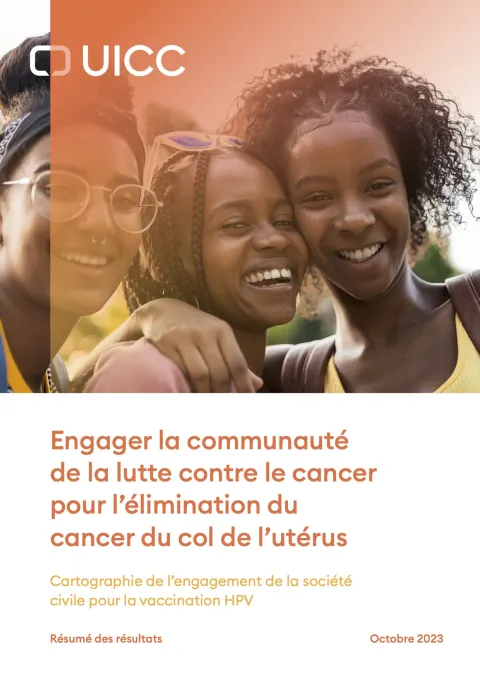
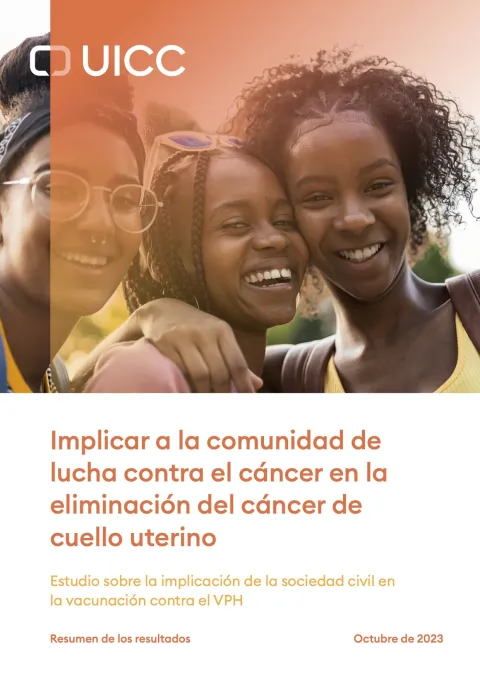
Case Studies: highlighting the critical role of UICC members in driving change locally
With a view to illustrate specific roles that cancer CSOs can play for achieving the 90% target of girls vaccinated by age 15, nine UICC members contributed the following case studies:
Advocacy
Standing up together for a successful roll-out of the vaccine in Malawi

Harnessing media platforms for HPV Advocacy in Malaysia
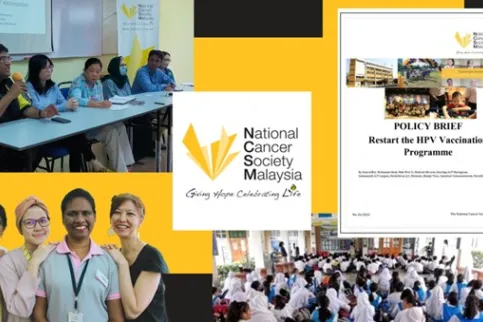
Leading research for policy change in Mongolia
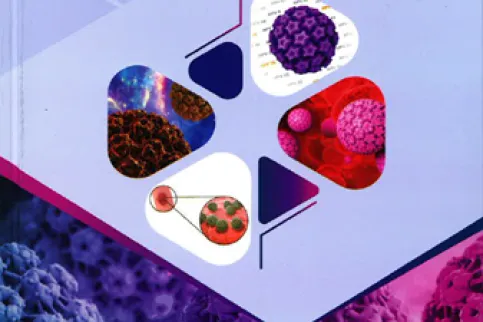
Initiating a pilot study to inform acceptability in rural Nigeria
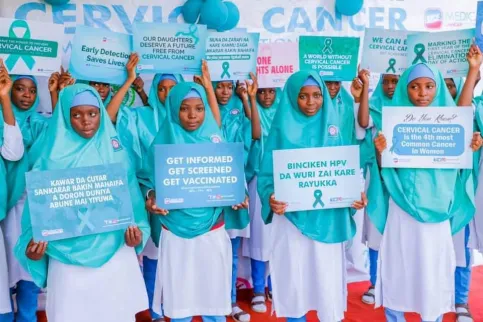
Awareness raising
Joining forces to shift perspectives through public facing campaigns in Indonesia

Informing populations to increase access to prevention in Morocco
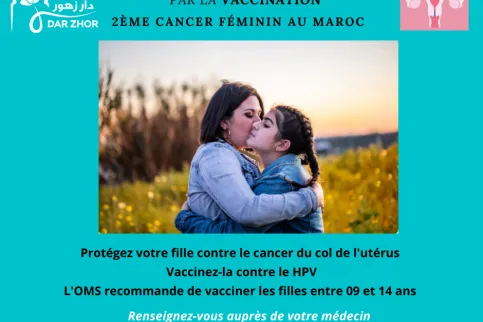
Community mobilisation
Implementing a mother-daughter programme in Cameroon
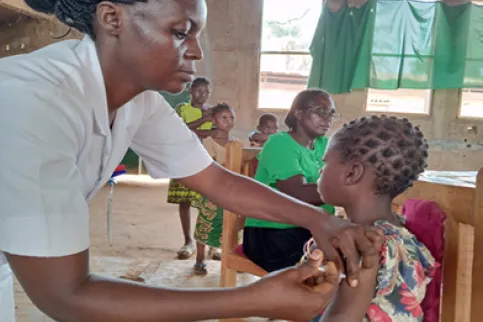
Addressing stigma in hard-to-reach communities in Colombia
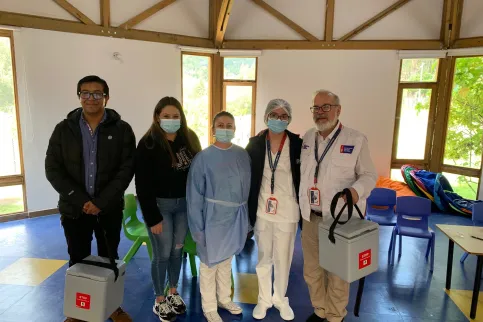
Promoting integrated approaches for cervical cancer in Senegal
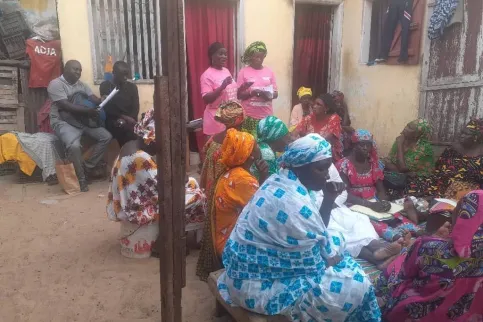
Related pages

Cervical cancer is the fourth most common cancer among women globally and currently, one life is lost every two minutes to this disease.
Cervical cancer

UICC works closely with the World Health Organization (WHO), other UN agencies and partners towards the elimination of cervical cancer as a public health problem.
UICC's actions on cervical cancer

In 2020, the WHO set the 90-70-90 targets aiming to eliminate cervical cancer by 2030. Vaccinate 90% of girls, screen 70% of women, treat 90% with cervical disease. Expected benefits include a 42% reduction in cervical cancer rates by 2045 and preventing over 74 million new cases by 2120, with 300,000 deaths averted by 2030.
Global strategy for the elimination of cervical...
Last update
Wednesday 15 November 2023